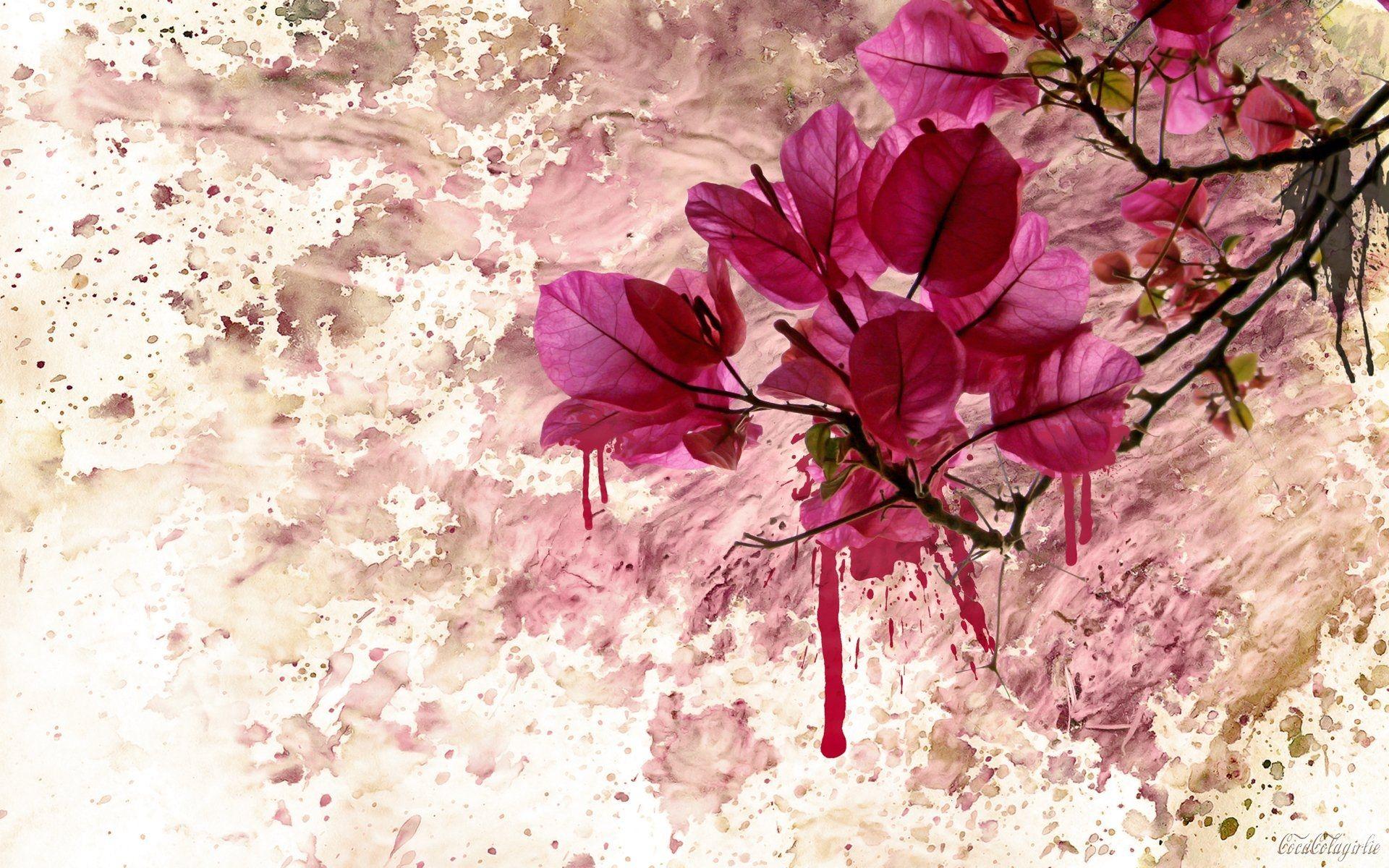
Japan, known for its rich cultural heritage, has a long-standing tradition of flower art. The intricate and delicate art of arranging flowers, known as Ikebana, has been practiced for centuries in Japan. This art form not only showcases the beauty of flowers but also reflects the principles of Japanese aesthetics and philosophy.
The Origins of Ikebana

Ikebana, which translates to "the way of flowers," has its roots in Buddhist rituals. Monks used to offer flowers in temples, and this practice gradually evolved into a refined art form. Over time, Ikebana began to incorporate elements of Shintoism and developed its unique style.
The Philosophy of Ikebana
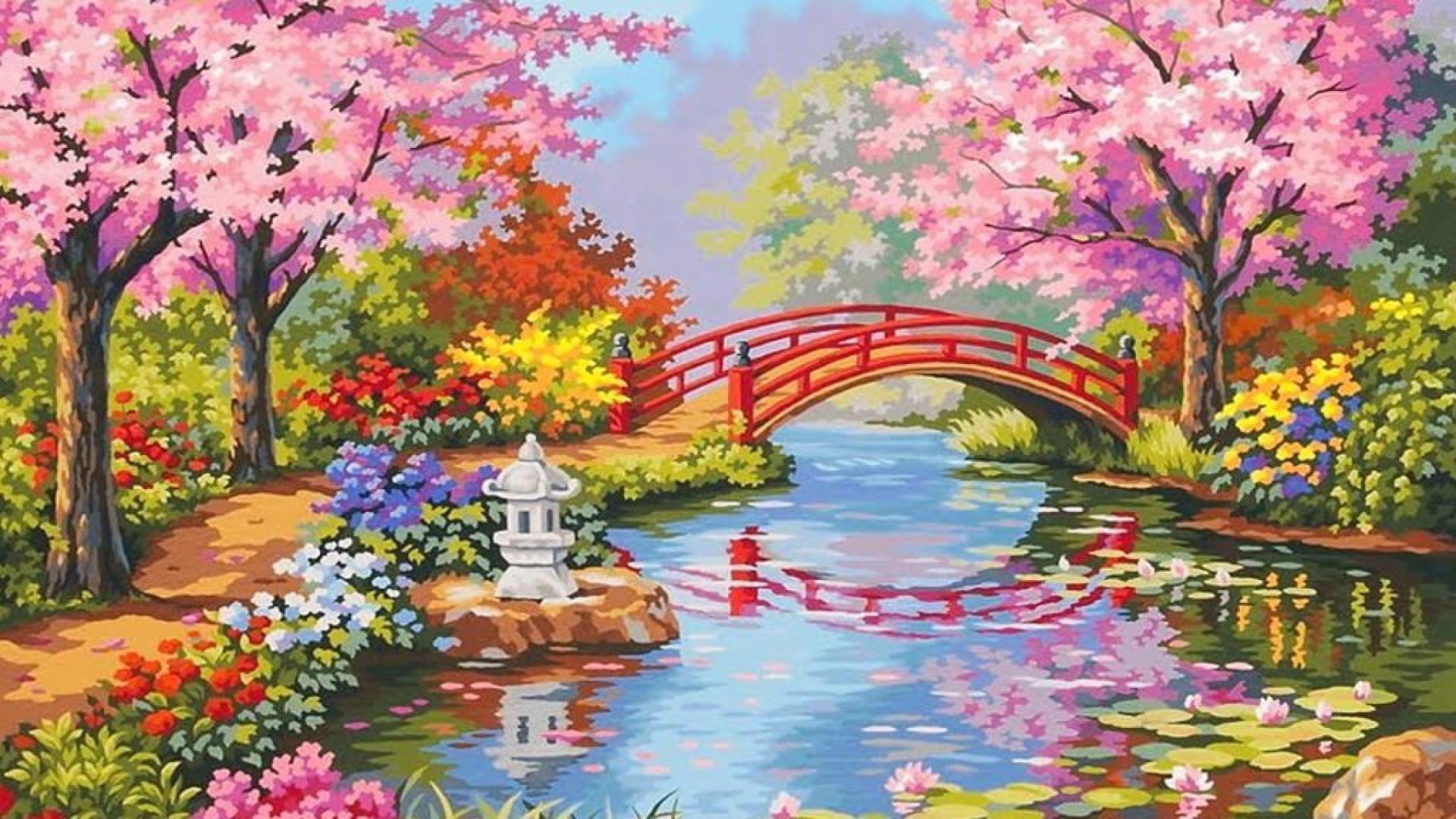
Ikebana is not merely about arranging flowers; it represents a deeper connection between humans and nature. The philosophy behind Ikebana emphasizes simplicity, asymmetry, and the use of space. Each flower and branch is carefully selected and placed to create a balanced composition that harmonizes with its surroundings.
The Three Main Schools of Ikebana

There are three main schools of Ikebana: Ikenobo, Sogetsu, and Ohara. Each school has its own unique style and techniques. The Ikenobo school, the oldest and most traditional, focuses on maintaining the classical forms. Sogetsu, on the other hand, allows for more creativity and experimentation, while Ohara specializes in naturalistic arrangements that resemble landscapes.
Seasonal Influences on Ikebana
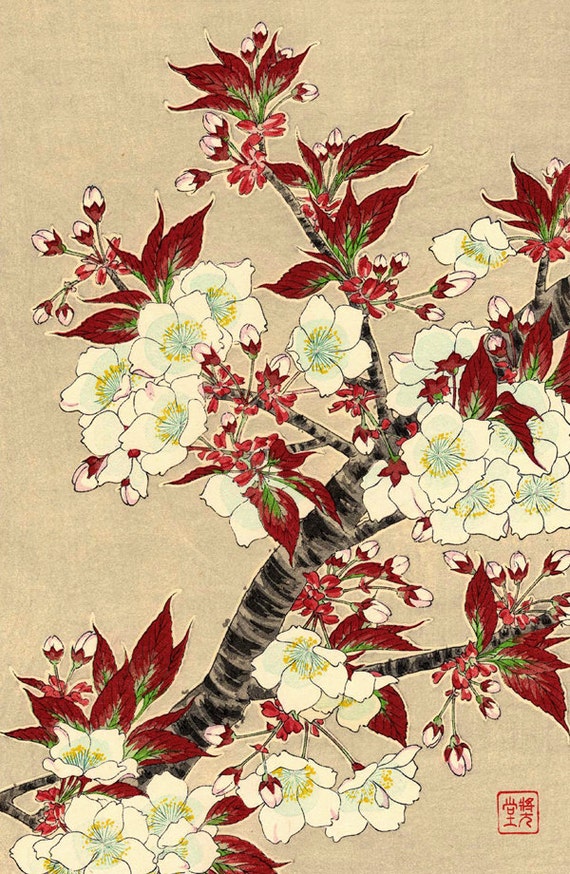
Ikebana is deeply influenced by the changing seasons. Different flowers and plants are used depending on the time of year, reflecting the beauty and symbolism associated with each season. Spring arrangements often feature cherry blossoms, while autumn arrangements incorporate colorful leaves and grasses.
Tools and Materials Used in Ikebana

Ikebana requires specific tools and materials to create its distinctive arrangements. A shallow, wide-mouthed vase called a suiban is commonly used, along with a kenzan (a metal pin frog) to hold the flowers in place. Traditional Ikebana also incorporates various natural elements such as branches, leaves, and even stones.
The Cultural Significance of Ikebana
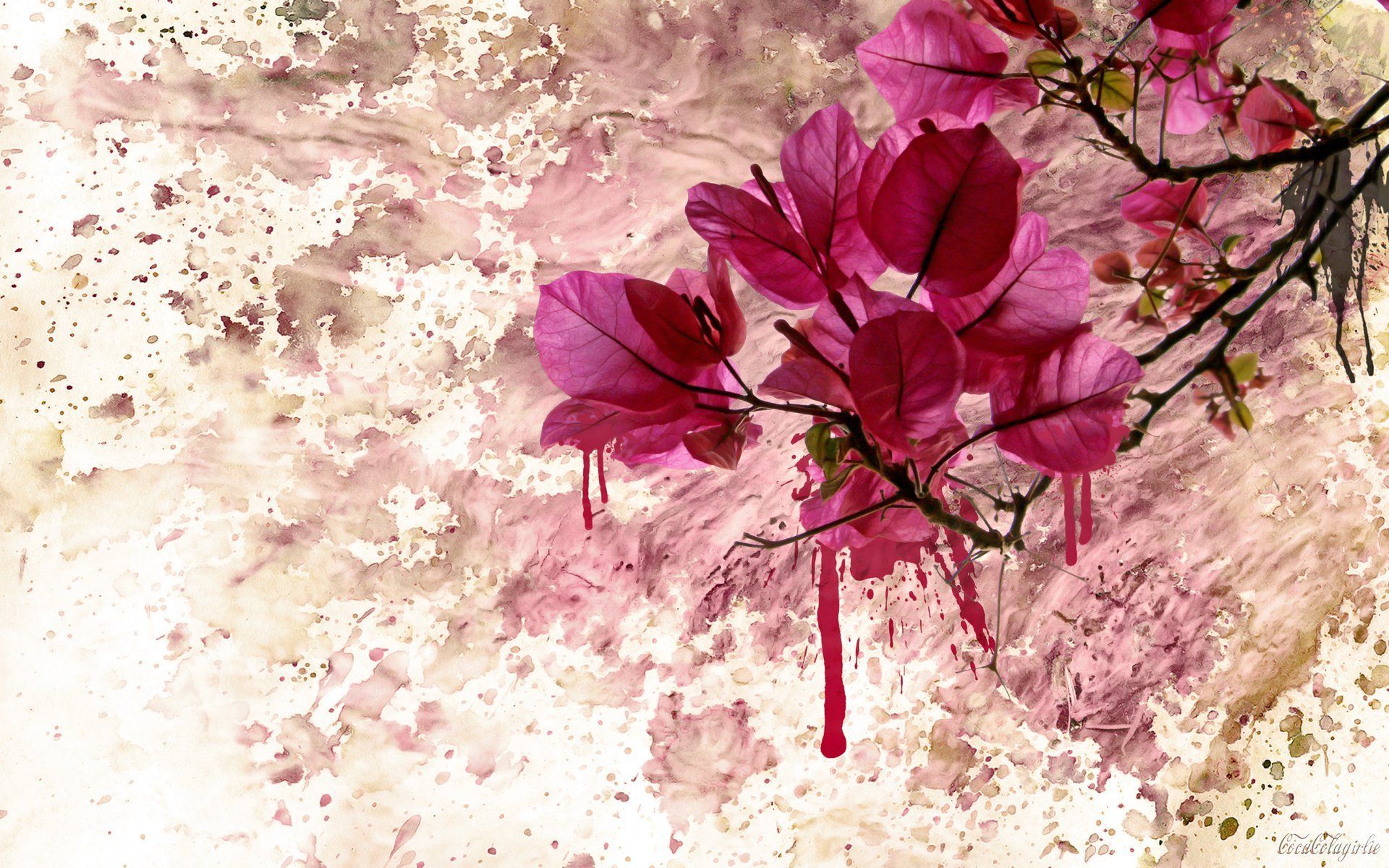
Ikebana holds great cultural significance in Japan. It is not only seen as a form of artistic expression but also as a way to cultivate mindfulness and appreciation for nature. Ikebana arrangements are often displayed in homes, tea houses, and temples, adding a touch of elegance and tranquility to the surroundings.
Modern Interpretations of Ikebana
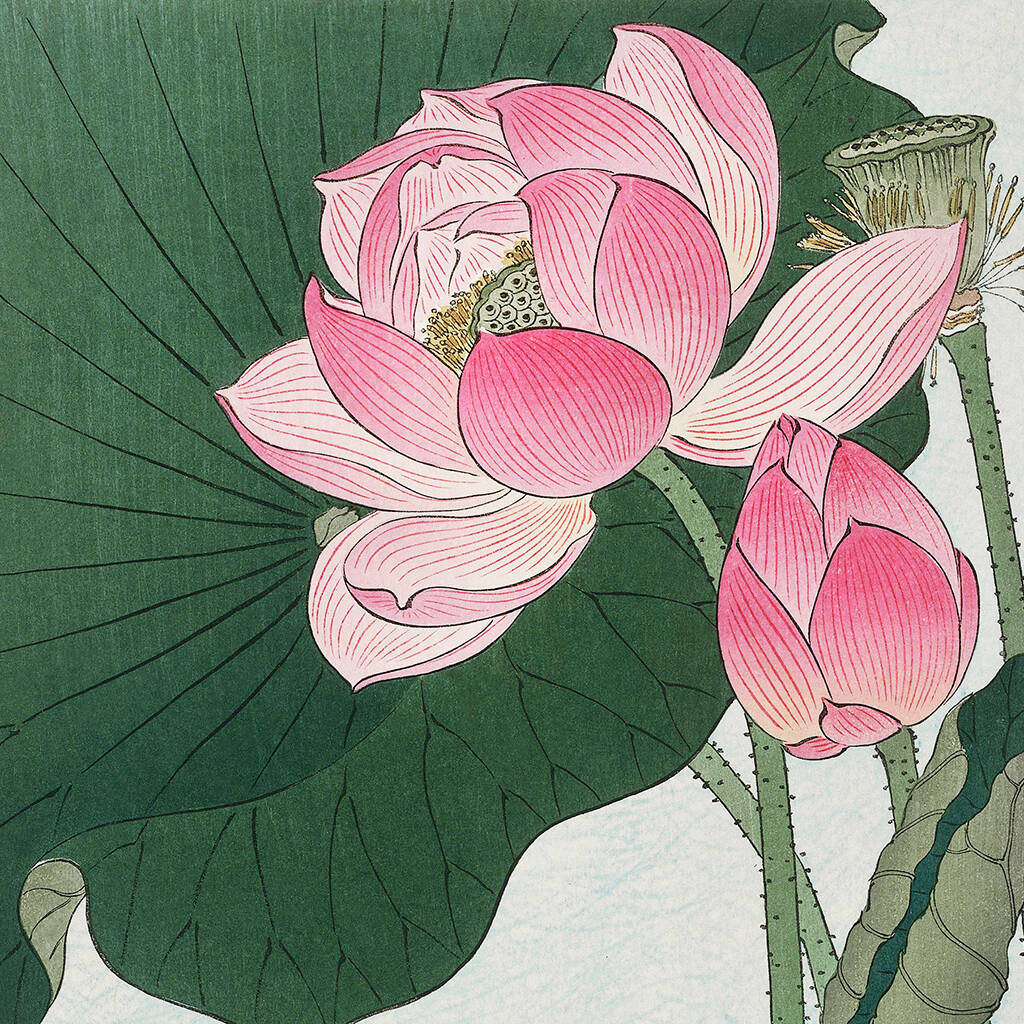
While Ikebana has deep roots in tradition, it has also evolved to embrace modern influences. Contemporary Ikebana artists experiment with unconventional materials, shapes, and colors, pushing the boundaries of this ancient art form. These interpretations bring a fresh perspective to Ikebana, appealing to a wider audience.
Ikebana and Meditation
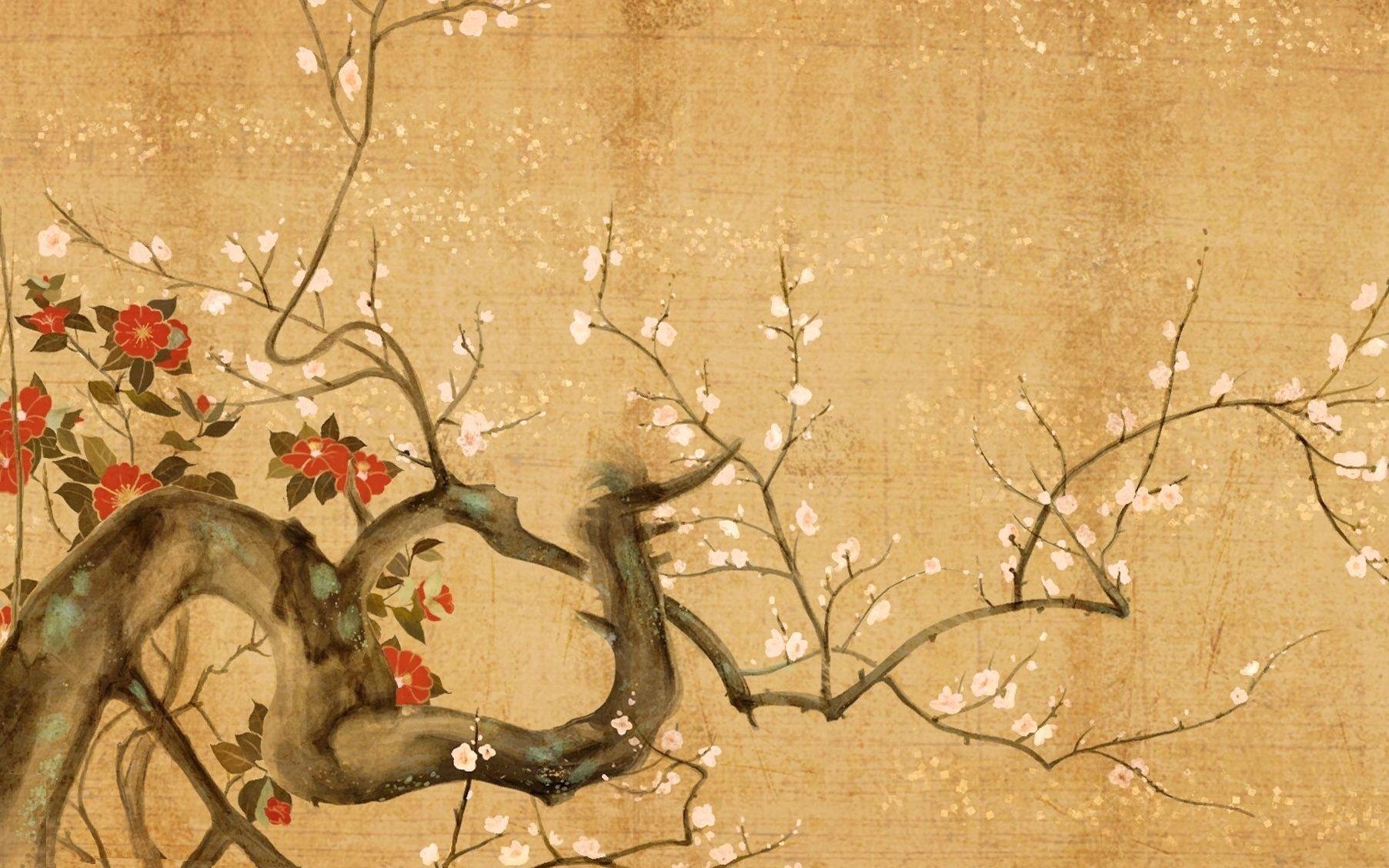
Creating an Ikebana arrangement can be a meditative practice. The process of selecting, cutting, and arranging flowers requires focused attention and a calm mind. Ikebana practitioners often find solace and relaxation in the act of creating these intricate compositions, allowing them to connect with their inner selves.
Appreciating Ikebana

Experiencing Ikebana firsthand is a captivating experience. Many traditional Japanese gardens have dedicated spaces for Ikebana displays, where visitors can witness the beauty and artistry up close. Ikebana exhibitions and workshops are also held regularly, providing opportunities for people to learn about this captivating art form.
Conclusion
Ikebana, the art of flower arrangement in Japan, is a profound expression of beauty, harmony, and mindfulness. Rooted in tradition yet open to modern interpretations, Ikebana continues to captivate people around the world. Its unique philosophy and aesthetic principles make it a timeless art form that celebrates the intricate relationship between humans and nature.